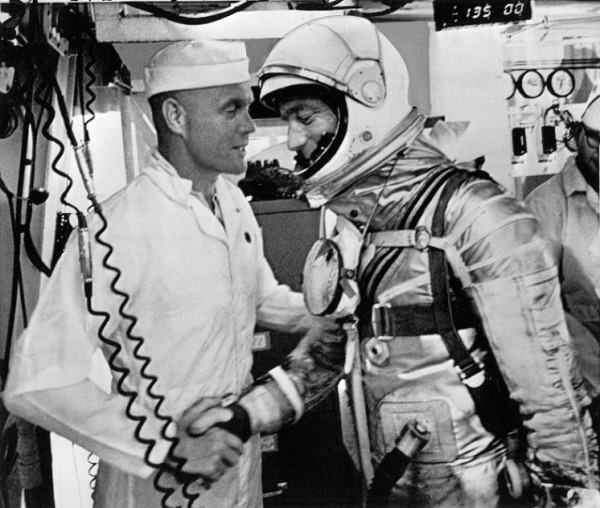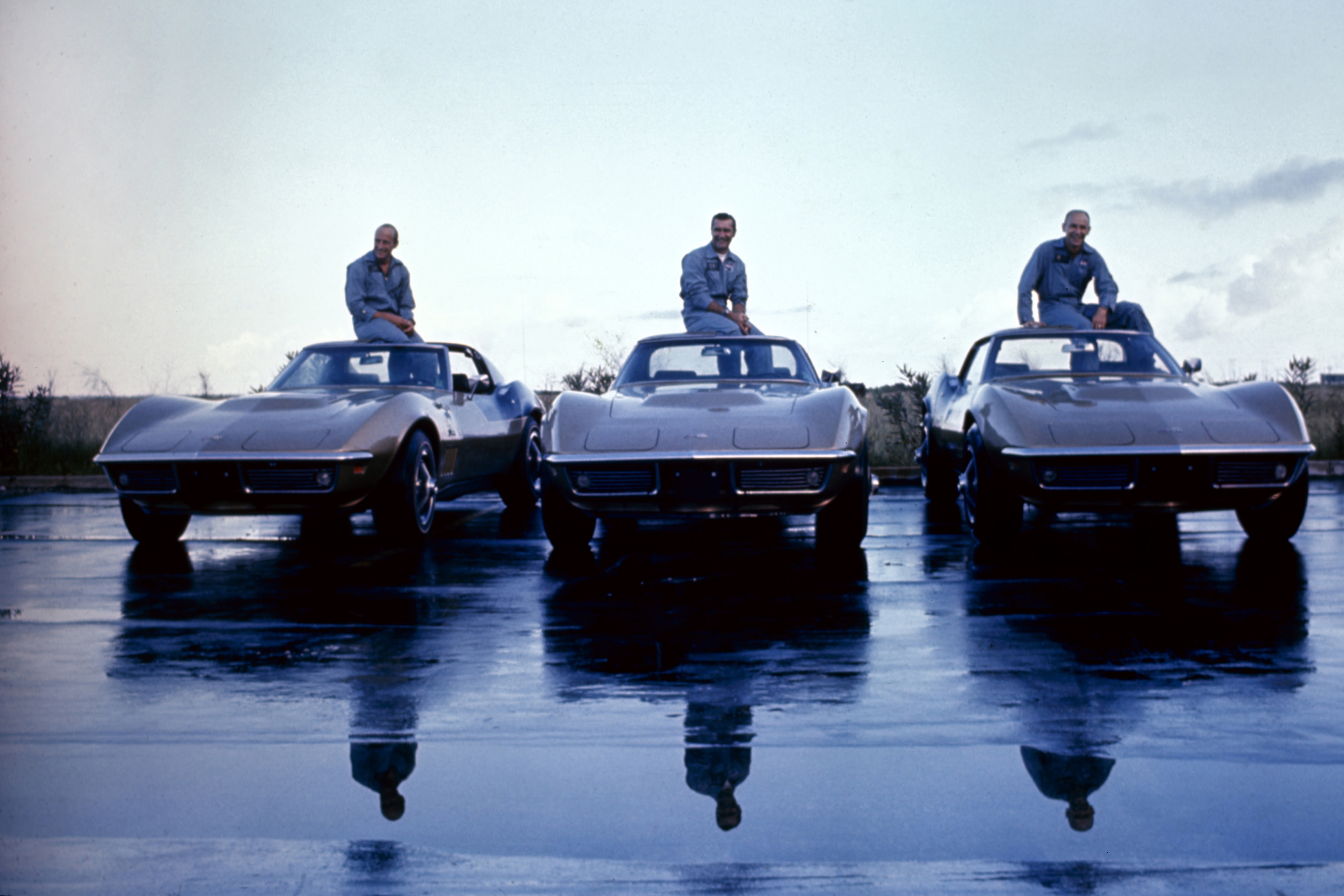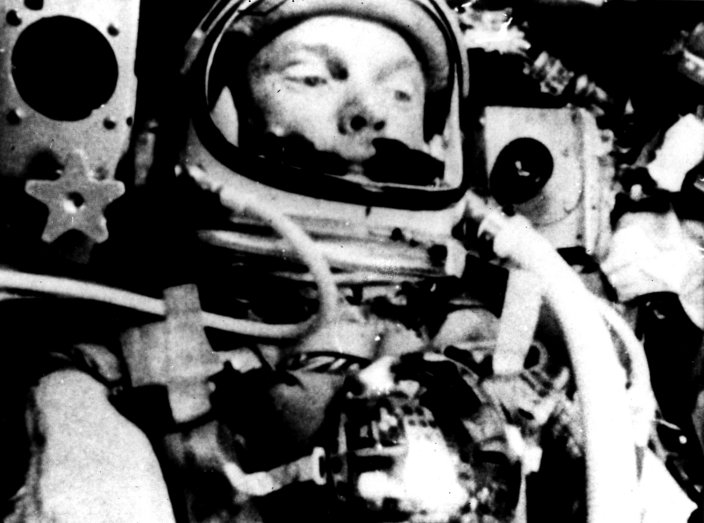[/caption]
What were the “fireflies” that John Glenn saw during the first orbital spaceflight for the US? Enjoy a new “you-were-there” look at the stories of early space exploration from the original NASA transcripts, but in a vastly improved format. A new website called Spacelog has put the transcripts in a searchable, linkable format. Spacelog is an open source venture making the transcripts more accessible to the public, and adding photos and timelines in with the text. Currently the Apollo 13 mission and Mercury Friendship 7 mission are available with more coming in the future. A linking feature allows users to Tweet and link to particular parts of the transcripts. As an open source project, Spacelog is also looking for help.
Below is the part of the Friendship 7 transcript where John Glenn describes small, mysteriously illuminated particles surrounding his capsule:
John Glenn
This is Friendship Seven. I’ll try to describe what I’m in here. I am in a big mass of some very small particles, that are brilliantly lit up like they’re luminescent. I never saw anything like it. They round a little; they’re coming by the capsule, and they look like little stars. A whole shower of them coming by.
00 01 15 57
John Glenn
They swirl around the capsule and go in front of the window and they’re all brilliantly lighted. They probably average maybe 7 or 8 feet apart, but I can see them all down below me, also.
00 01 16 06
CAPCOM
Roger, Friendship Seven. Can you hear any impact with the capsule? Over.
00 01 16 10
John Glenn
Negative, negative. They’re very slow; they’re not going away from me more than maybe 3 or 4 miles per hour. They’re going at the same speed I am approximately. They’re only very slightly under my speed. Over.
00 01 16 33
John Glenn
They do, they do have a different motion, though, from me because they swirl around the capsule and then depart back the way I am looking.
00 01 16 46
John Glenn
Are you receiving? Over.
———-
What were these fireflies? In the movie “The Right Stuff” the fireflies were given the illusion of being mystical or perhaps alien — or maybe part of Glenn’s imagination. People in mission control were worried the heat shield on his spacecraft could be falling apart.
The answer wasn’t confirmed until the next Mercury mission, Aurora 7, with astronaut Scott Carpenter on board in May 1962. Carpenter also saw the fireflies, or snowflakes, as he called them, and quickly could identify the source. They were tiny white pieces of frost from the side of the spacecraft. Condensation gathered on the outside of the spacecraft as the capsule passed from the cold orbital darkness and warm sunlight, and then froze again, creating a layer of frost. As the spacecraft again came into sunlight, the frost flakes would come off and float around the capsule. The sunlight also illuminated them, making them “luminescent.” When Carpenter banged on the side of the capsule, more flakes came off and were visible.
Read more at Spacelog.





